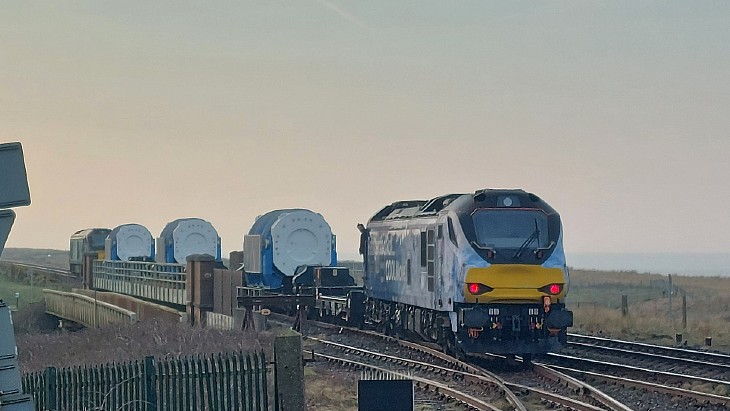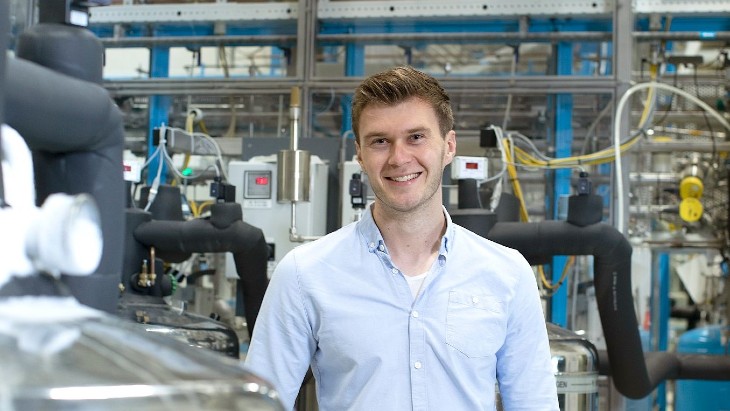The cooling tower was the first of two at the Biblis A reactor to be demolished. The tower was brought down on 2 February after specialists weakened the structure by making slots in the concrete shell and removing supports to such an extent that it collapsed in a controlled manner. The surrounding buildings and high-voltage lines were not affected, owner RWE said.
"The project was prepared intensively," said plant manager Ralf Stüwe. "The successful demolition of the first cooling tower shows that we are tackling the challenges of dismantling safely and mastering them responsibly."
The controlled collapse of unit A's second cooling tower is currently planned for the second half of this month, while the two towers of unit B are scheduled to be demolished in 2024.
{^media|(width)450|(height)300|(ext).mp4|(url)~/BlankSiteASPX/media/WNNImported/mainimagelibrary/corporate%20branded/02_2023_Abbruch_Biblis_Kuhlturm_1080p.mp4^}
(Video: RWE)
RWE said the approximately 15,000 tonnes of conventional construction waste produced per tower will be processed in the coming weeks after the demolition of the second cooling tower. It noted the quality of the concrete means that most of the material can be recycled as a substitute for gravel in concrete production or as an aggregate in the cement industry.
"The successful demolition of the first cooling tower is another milestone at the Biblis site," said Nikolaus Valerius, Member of the Board of Management of RWE Power AG responsible for the nuclear energy division. "This makes the continuous progress of the dismantling of the plant, which has been going on since the summer of 2017, also visible to the outside."
The two reactors at Biblis were among the eight units ordered to be shut down immediately after the March 2011 accident at Fukushima Daiichi. Biblis A and B - which are pressurised water reactors rated at 1167 MWe and 1240 MWe, respectively - had been licensed to operate until 2019 and 2021 just two months before the shutdown order.
RWE submitted applications in August 2012 to Hesse's ministry of the environment, climate protection, agriculture and consumer protection for the decommissioning and dismantling of the two reactors. The application outlined in detail the proposed approach, the extent of dismantling, the procedures to be followed and the precautions to ensure radiation protection. A detailed safety report was also prepared and an environmental impact assessment carried out.
In March 2017, the ministry approved RWE's plan for decommissioning the reactors, allowing dismantling of the units to start. The operation to dismantle the two reactors is expected to take about 15 years in total.

.jpg)



_17992.jpg)
_75800.jpg)





